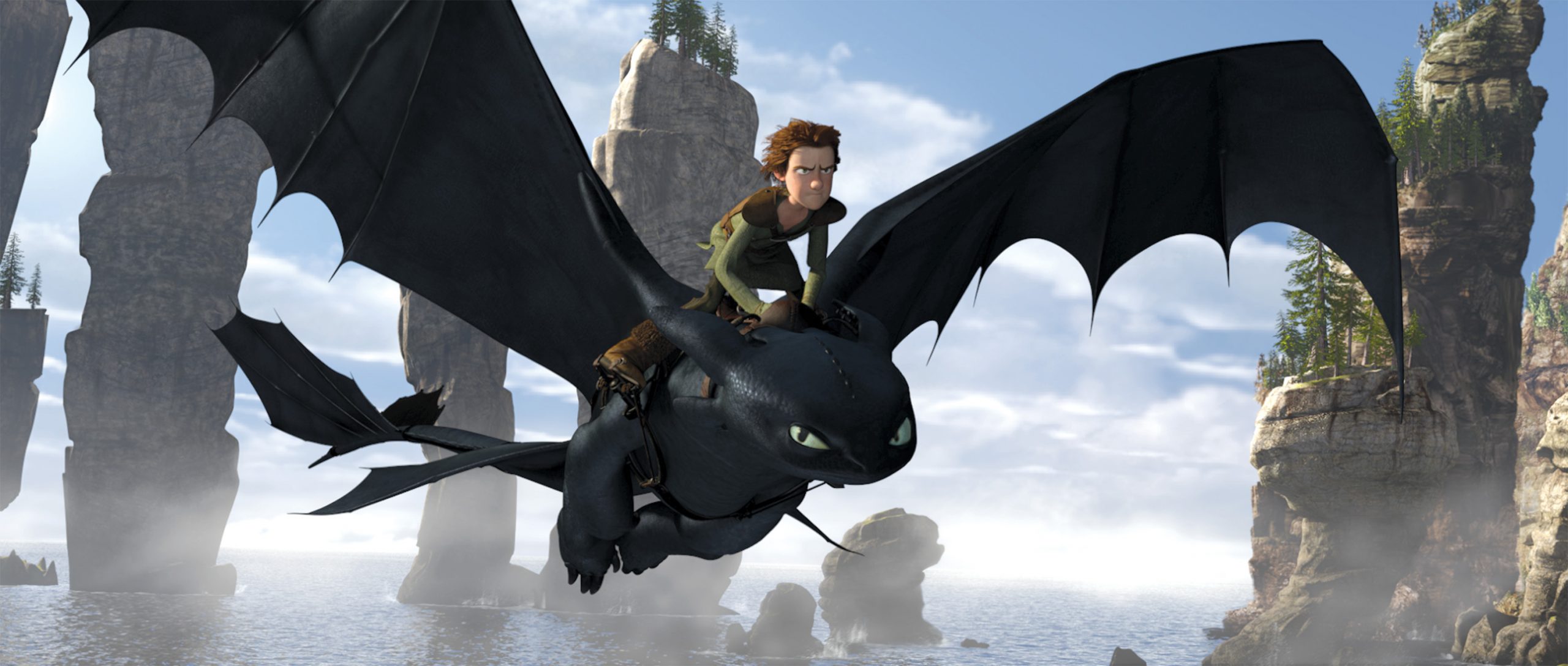Oman is a modern and young country with an immemorial history. This land of Bedouins is covered by 3/4 of mountains, steep canyons and breathtaking flamboyant deserts. Respect for customs and nature is a priority. The land of incense and Sinbad the sailor is a cultural jewel as well as a haven of peace that has escaped the frenzy of tourism. Through its history, cultures and wonderful landscapes, we will discuss 5 things to know about the land of the Arabian Nights.
Incense, perfume of the Orient
Incense is commonly understood to mean any substance that gives off an odor when burned. The corresponding Arabic word is "luban". It actually refers to the dried resin resulting from the exudation of incense trees or "Boswellia". There are about twenty different incense trees listed.  Its use has evolved over the centuries, first used in a domestic context, not religious or prestige. It is a use of incense among the less affluent layers of the population, and a local consumption. As for the use of incense in the pre-Islamic period, it is mainly religious. We first cut the tree, they (the notches) are made in different places with a knife. From the tree, a thick sap flows. As it flows, this resin falls at the foot of the tree. This sap is left to dry on the tree for seven to ten days. We then come to get the pieces of dried resin fallen to the ground, which are in the form of small transparent balls. Harvesting is usually done during the warm season.
Its use has evolved over the centuries, first used in a domestic context, not religious or prestige. It is a use of incense among the less affluent layers of the population, and a local consumption. As for the use of incense in the pre-Islamic period, it is mainly religious. We first cut the tree, they (the notches) are made in different places with a knife. From the tree, a thick sap flows. As it flows, this resin falls at the foot of the tree. This sap is left to dry on the tree for seven to ten days. We then come to get the pieces of dried resin fallen to the ground, which are in the form of small transparent balls. Harvesting is usually done during the warm season.  The use and trade of incense today, and its place in Omani society, show the importance of this product not only as a commercial good, but also as a cultural product, an integral part of Omani identity.
The use and trade of incense today, and its place in Omani society, show the importance of this product not only as a commercial good, but also as a cultural product, an integral part of Omani identity.
Aflaj irrigation systems, ancestral treasure
The five registered irrigation systems represent the approximately 3,000 irrigation systems still in operation in Oman. The oldest construction may date back to around 500 AD.C., but recent archaeological evidence suggests that irrigation systems existed in the area as early as 2,500 BC.  This irrigation system conducts water from underground springs, by gravity, for miles to supply agriculture and permanent stands. The equitable and efficient management and sharing of water in villages and cities is always underpinned by notions of mutual dependence and community. They are also guided by astronomical observations. Many watchtowers built to defend water supply systems are integrated into the site. They reflect the dependence of communities on aflaj . Threatened by the decline in groundwater levels, aflaj represents an exceptionally well-preserved form of land use. There are 4 universal values that make these irrigation systems major players in prosperity:
This irrigation system conducts water from underground springs, by gravity, for miles to supply agriculture and permanent stands. The equitable and efficient management and sharing of water in villages and cities is always underpinned by notions of mutual dependence and community. They are also guided by astronomical observations. Many watchtowers built to defend water supply systems are integrated into the site. They reflect the dependence of communities on aflaj . Threatened by the decline in groundwater levels, aflaj represents an exceptionally well-preserved form of land use. There are 4 universal values that make these irrigation systems major players in prosperity:
- Without the aflaj, there would be little more than poor settlements in the Gulf (or other desert regions).
- Aflaj technology has been taken to a high level in Oman and has been operating successfully for more than two millennia.
- The organization of water distribution systems is an outstanding example of a traditional structure that is at least a thousand years old but continues to play a vital role in society.
- Oman's combined aflaj is one of the largest irrigation systems in the world.
The fort of Nakhal, A history of dates
Another jewel of Oman, the fort of Nakhal. Built on a rocky hill, its shape perfectly matches the shape of the rock, a frequent feature of most Omani forts. From its towers, one has a breathtaking view of the date palm trees and the Hajar Mountains. Not far away is the hot springs of Al-Thawarah. Inside, many rooms are open to the public (bedrooms, prayer rooms, kitchen, lounges …).  The fort also called " Husn Al Heem ", it is located 120 kilometers west of the capital Muscat. He presents himself at the entrance of the region of Al Batinah in the Oued Ar Raqeem. It is one of the most important historical monuments of the sultanate. It is believed that the historical origin of this monument reworked several times probably dates back to the pre-Islamic period.
The fort also called " Husn Al Heem ", it is located 120 kilometers west of the capital Muscat. He presents himself at the entrance of the region of Al Batinah in the Oued Ar Raqeem. It is one of the most important historical monuments of the sultanate. It is believed that the historical origin of this monument reworked several times probably dates back to the pre-Islamic period.
Qabus ibn Said, Between modernity and conservation
Sultan Sayyid Qaboos ibn Said was born on November 18, 1940 at al-Husn Palace in Salalah and died on January 10, 2020. The sultan attended school in Salalah and then in India. As a teenager, he was sent to Great Britain where he attended Sandhurst Military Academy before serving with the Scottish Rifles battalion in Germany in 1962. He then returned to Oman where he studied history, law and religion. In 1970, he overthrew his father, who had already had limited political room for manoeuvre for a few years , and took power, determined to turn his country towards development and modernity. The capital becomes Muscat and the country is renamed " Sultanate of Oman "  Since coming to power, he has worked for the development of health care and literacy. It is now estimated that about 85% of Omanis are literate. The tourism sector is also one of its priorities. Several luxury hotels are born and the country has an airline. The sultan invented in 1975 the " annual tour " during which, accompanied by his guard and journalists, he crisscrosses the country to listen to the sheikhs (can be translated as Sage, Master) and meet the important characters of the wilayat (translates as " Provinces "). Qaboos thus returned to the customary practice of Muslim princes, but, above all, tested the loyalty of regional groups. This legitimacy of the relationship between the sovereign and his people will allow him to solidify the nation. The English crown also had a political and economic interest in stabilizing and maintaining relations with the sultanate.
Since coming to power, he has worked for the development of health care and literacy. It is now estimated that about 85% of Omanis are literate. The tourism sector is also one of its priorities. Several luxury hotels are born and the country has an airline. The sultan invented in 1975 the " annual tour " during which, accompanied by his guard and journalists, he crisscrosses the country to listen to the sheikhs (can be translated as Sage, Master) and meet the important characters of the wilayat (translates as " Provinces "). Qaboos thus returned to the customary practice of Muslim princes, but, above all, tested the loyalty of regional groups. This legitimacy of the relationship between the sovereign and his people will allow him to solidify the nation. The English crown also had a political and economic interest in stabilizing and maintaining relations with the sultanate.
The Wahiba Desert, The hospitable dunes
This desert located in the northeast of the country is famous for its magnificent dunes, whose hues oscillate between red, pink and orange. These dunes, some of which culminate at 200 meters are ideal for camel rides, sandboarding, or jeep 4×4 for the more sporty. We also come here to find the atmosphere of the caravans of yesteryear. When camel drivers crossed the huge dunes watching for water points.  The masters of this desert are the Bedouin tribe Al-Wahiba who gave their name to this beautiful desert region of Oman. The only permanent residents of the desert, the Bedouins live from camel breeding, date harvesting but also fishing since the sea is close to the desert. Once nomadic, the Bedouin are now sedentary. The Wahiba desert is a refuge of serenity that surprises with its immensity and its shimmering color shows at sunset and sunrise. We can then say that the immensity is only a vast desert where nothing is clearer.
The masters of this desert are the Bedouin tribe Al-Wahiba who gave their name to this beautiful desert region of Oman. The only permanent residents of the desert, the Bedouins live from camel breeding, date harvesting but also fishing since the sea is close to the desert. Once nomadic, the Bedouin are now sedentary. The Wahiba desert is a refuge of serenity that surprises with its immensity and its shimmering color shows at sunset and sunrise. We can then say that the immensity is only a vast desert where nothing is clearer.







































